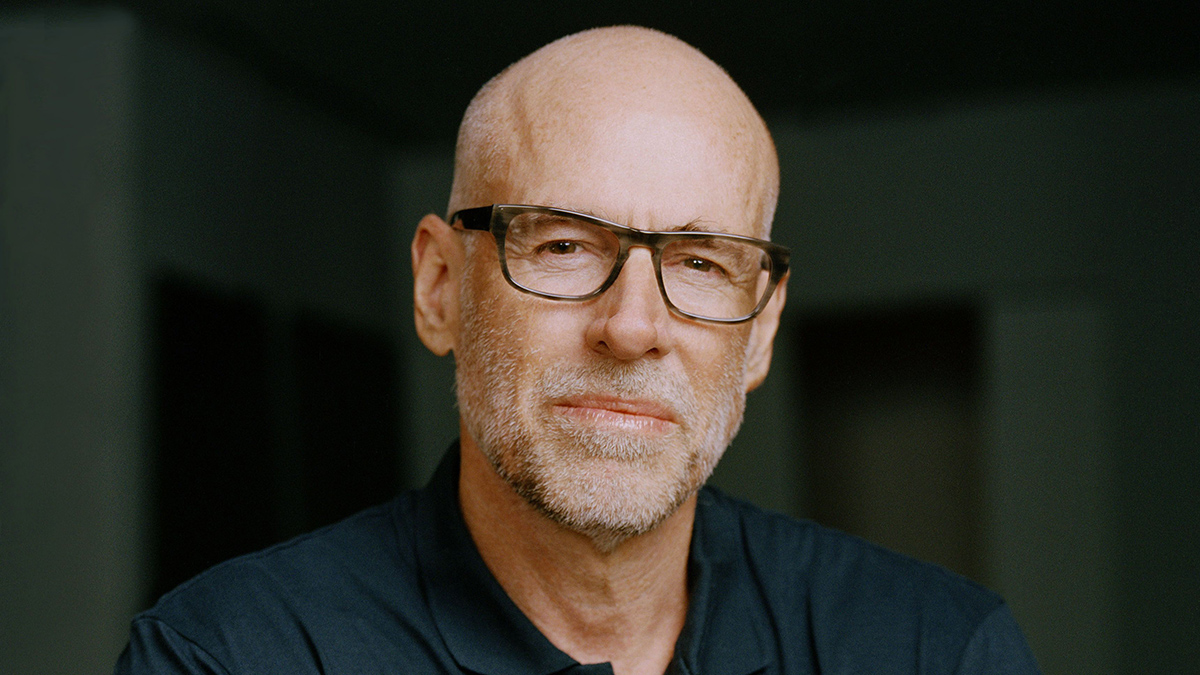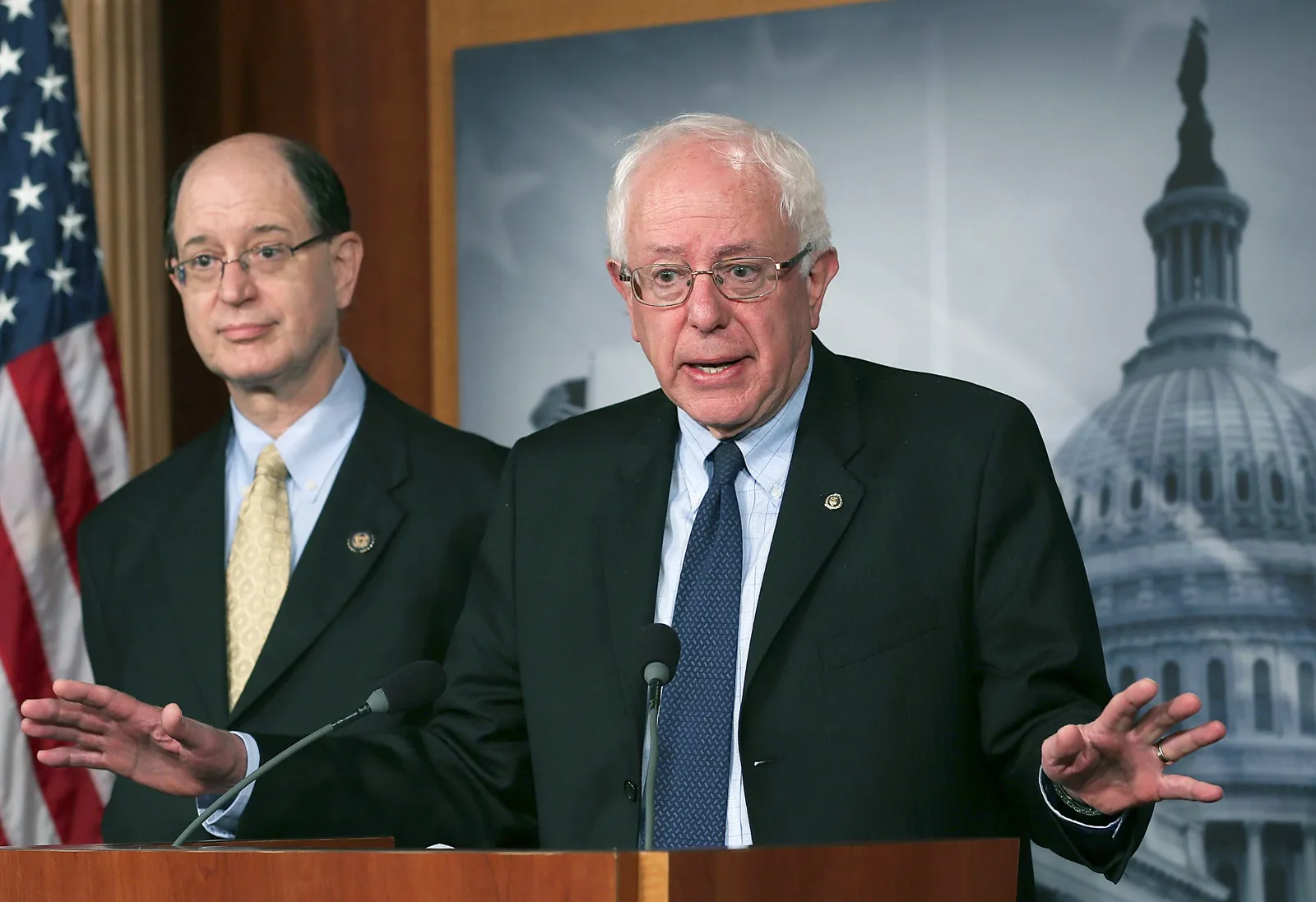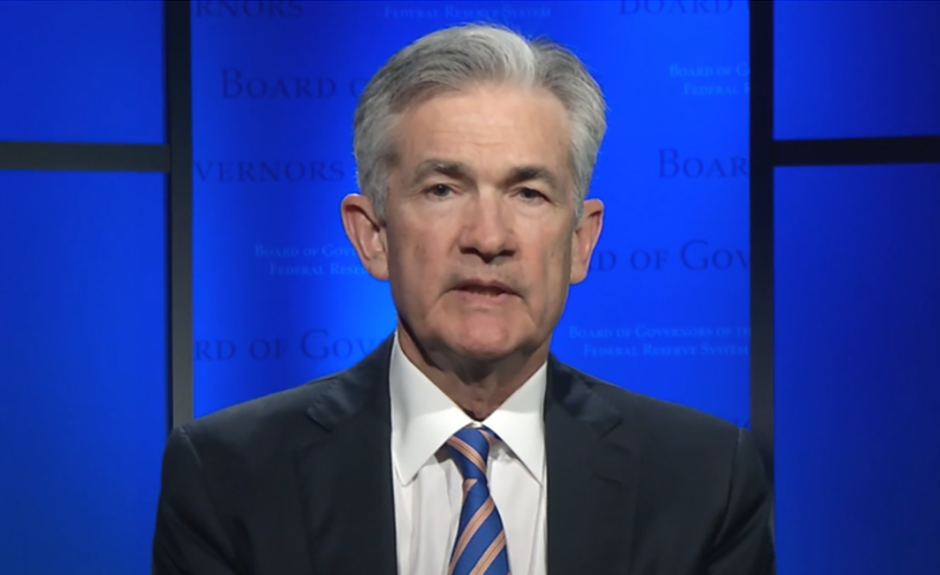In this article, we explore how much it costs to run for Congress – and its implications for the Democratic system.
Running for Congress in the United States has become an increasingly expensive endeavor — one that often requires millions of dollars, vast networks of donors, and professional campaign teams to even stand a chance.
While the U.S. Constitution sets few formal qualifications to serve in the House or Senate, the financial barrier to entry has grown into one of the most significant hurdles for aspiring politicians. Understanding how much it truly costs to run for Congress reveals not only the scale of modern campaign spending but also the broader implications for representation, access, and democracy itself.
The Rising Price of Congressional Campaigns
Over the past several decades, the cost of running for Congress has skyrocketed.
According to data from the nonpartisan Center for Responsive Politics, the average winning campaign for the U.S. House of Representatives spent roughly $2.8 million during the 2022 election cycle. In the U.S. Senate, the average winning campaign cost more than $27 million.
These figures represent averages — the actual costs can vary dramatically depending on the competitiveness of the district or state. Safe seats, where one party dominates, might require only modest sums to maintain. But in battleground districts and swing states, the financial arms race can escalate rapidly, often surpassing tens of millions of dollars.
For example, in Georgia’s 2022 Senate runoff between Raphael Warnock and Herschel Walker, combined spending by campaigns and outside groups topped $400 million, making it one of the most expensive Senate races in U.S. history.
In many cases, candidates are forced to begin fundraising years in advance, spending more time calling potential donors and attending fundraising events than engaging directly with voters.
Breaking Down the Costs
The total cost of running for Congress isn’t confined to television ads or campaign rallies. Modern campaigns are complex operations involving multiple spending categories that quickly add up.
1. Advertising and Media
Advertising — particularly on television, radio, and digital platforms — is by far the largest expense for most campaigns. Television spots in major media markets can cost hundreds of thousands of dollars per week.
Digital advertising has also become essential, with candidates spending heavily on targeted ads across Google, YouTube, Facebook, and other platforms to reach specific voter segments. In recent election cycles, digital spending has accounted for between 15% and 25% of campaign budgets.
2. Staff and Consultants
Running a campaign requires an extensive team — campaign managers, communications directors, field organizers, data analysts, and legal advisors. Salaries for senior staff can exceed six figures, and specialized consultants charge premium rates for polling, media strategy, and opposition research.
Even smaller campaigns often hire professional fundraising consultants or digital strategists, which can cost tens of thousands of dollars per month.
3. Travel and Events
Candidates spend much of their time on the road, holding town halls, fundraisers, and community events. Expenses include airfare, car rentals, accommodations, venue rentals, and catering.
For larger Senate campaigns, which often require traveling across an entire state, travel costs alone can reach hundreds of thousands of dollars.
4. Compliance and Legal Costs
Federal election law requires meticulous reporting of all donations and expenditures. Campaigns must hire compliance officers or legal counsel to ensure they meet Federal Election Commission (FEC) requirements — another significant ongoing expense.
5. Fundraising Costs
Ironically, fundraising itself costs money. Direct mail campaigns, donor databases, and phone banks all require resources. Campaigns typically spend around 10% to 15% of their total budget just to raise funds.
6. Technology and Infrastructure
From website development to cybersecurity, campaign technology has become a major line item. Cloud-based data systems like NGP VAN (used by Democrats) and WinRed (used by Republicans) are essential tools but come with subscription and support fees.
The Cost of Running for the House
House campaigns, which occur every two years, are particularly demanding financially.
On average, successful House candidates raise and spend between $1.5 million and $3 million. However, those running in highly competitive or high-profile races can easily exceed $10 million.
Candidates must build local operations, maintain frequent voter contact, and invest in extensive digital outreach. Given that the average House district contains around 760,000 residents, the per-voter cost of campaigning is significant.
Moreover, because the election cycle is so short, newly elected representatives often begin fundraising for their next race almost immediately after taking office.
This cycle of perpetual fundraising has led many lawmakers to spend several hours each day soliciting donations rather than legislating — a dynamic critics argue skews policymaking in favor of donors and special interests.
The Cost of Running for the Senate
Senate campaigns are far more expensive due to the statewide scale and longer term lengths.
Senators serve six-year terms, and their constituencies are significantly larger — from about 580,000 people in Wyoming to nearly 40 million in California. As a result, the average winning Senate campaign now costs upwards of $20 million, though in competitive states, that figure often climbs well beyond $50 million.
For example, the 2020 North Carolina Senate race between Thom Tillis and Cal Cunningham saw more than $300 million spent by campaigns and outside groups combined.
Senate races attract massive sums not only from individual donors but also from super PACs and national party committees that pour money into advertising and voter outreach efforts.
The Role of Outside Money
One of the biggest drivers of rising campaign costs is the influx of outside spending — funds spent by organizations not directly affiliated with a candidate’s campaign.
Following the Supreme Court’s 2010 Citizens United v. FEC decision, corporations, unions, and independent groups gained the ability to spend unlimited amounts of money on political advocacy, so long as it was not coordinated with a campaign.
This ruling gave rise to super PACs, which can raise and spend unlimited sums to support or oppose candidates.
In the 2022 election cycle alone, super PACs spent more than $2 billion on federal races.
While these outside groups can provide vital support, they also amplify the influence of wealthy donors and special interests. Candidates often benefit indirectly from this spending, even if they have no control over the message.
The Cost Barrier for Newcomers
The financial realities of modern campaigning create enormous challenges for first-time candidates or those without access to donor networks.
While grassroots campaigns occasionally succeed — particularly with viral online fundraising and strong local support — the odds are stacked against outsiders.
According to FEC data, incumbents in Congress enjoy an average reelection rate of around 90%, in large part due to their established fundraising infrastructure.
Many newcomers struggle to raise the initial funds needed to build campaign visibility. Running a credible House campaign typically requires at least $250,000 to $500,000 just to get off the ground. For Senate candidates, the entry point is several million dollars.
The emphasis on fundraising also means candidates from lower-income backgrounds or without wealthy connections face steep disadvantages.
This has led to growing concern that the escalating cost of campaigning is limiting diversity in Congress — not only in terms of race and gender but also socioeconomic background.
Where the Money Comes From
Campaign funding in congressional races comes from several sources, each with its own regulations and implications.
1. Individual Contributions
The majority of campaign funds come from individuals. The FEC limits individual contributions to $3,300 per candidate per election (as of 2024). Because both primary and general elections count as separate contests, a single donor can give up to $6,600 in total.
2. Political Action Committees (PACs)
PACs can contribute up to $5,000 per candidate per election. These organizations often represent corporations, trade associations, or unions, and their support can be crucial in competitive races.
3. Party Committees
National party committees such as the Democratic Congressional Campaign Committee (DCCC) or the National Republican Senatorial Committee (NRSC) provide substantial financial and logistical support to candidates.
4. Candidate Self-Funding
Some candidates rely heavily on their own wealth to fund their campaigns. Self-financing is legal and unlimited, although it can become politically sensitive.
High-profile examples include former New York Mayor Michael Bloomberg, who spent over $1 billion of his own money in the 2020 presidential race, and Senator Rick Scott of Florida, who used tens of millions of dollars of personal funds to win office.
The Digital Revolution and Small Donors
Despite the dominance of big money, the rise of online fundraising has opened new possibilities for small donors.
Platforms such as ActBlue (for Democrats) and WinRed (for Republicans) enable campaigns to collect millions of small contributions from ordinary citizens.
In 2020, nearly 40% of donations to House candidates came from individuals giving $200 or less — a sharp increase from previous decades.
These small-dollar donations not only provide financial resources but also help candidates demonstrate grassroots momentum. However, digital fundraising still requires investment in online advertising, email lists, and payment processing — costs that continue to rise.
The Hidden Costs of Staying Competitive
Even after elections are over, campaign-related costs don’t simply disappear.
Winning candidates often face ongoing expenses tied to campaign debt repayment, legal compliance, and political consulting fees.
Moreover, members of Congress must continue fundraising throughout their terms to prepare for the next election, contribute to their party’s committees, and maintain political influence within Washington.
This perpetual campaign cycle reinforces the dependency on money that defines modern American politics.
What It Means for Democracy
The high cost of running for Congress has profound implications for the democratic process.
Critics argue that the current system privileges wealthy candidates and special interests while marginalizing ordinary citizens who lack financial backing. The need to raise vast sums can also distort legislative priorities, making lawmakers more responsive to major donors than to average voters.
Efforts to reform campaign finance — including public funding systems, contribution limits, and transparency measures — have been debated for decades, but significant change remains elusive.
Public financing programs in some states, such as Maine and Arizona, have attempted to reduce the influence of big money by offering matching funds or small-donor multipliers. However, these reforms have yet to gain traction at the federal level.
Conclusion
Running for Congress is no longer simply about ideas, policies, or charisma — it’s about financial muscle.
With the average House race costing millions and Senate contests reaching tens or even hundreds of millions, the barrier to entry has never been higher.
As campaign costs continue to rise, questions about equity, access, and representation will remain central to the debate over the future of American democracy.
Until the system changes, money will remain the gatekeeper to power in Washington — and the cost of running for Congress will continue to reflect not just the price of elections, but the price of influence in the United States.




